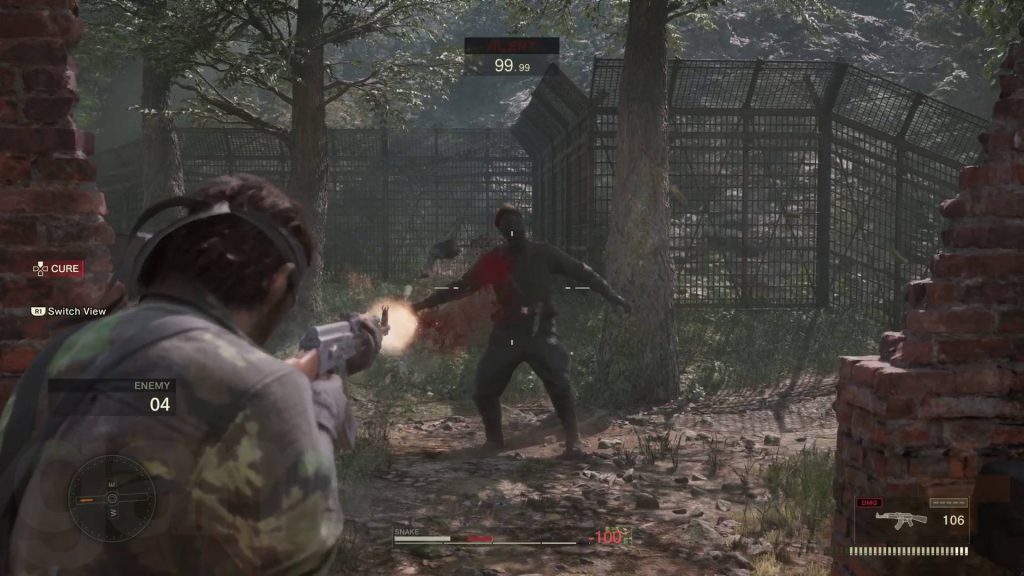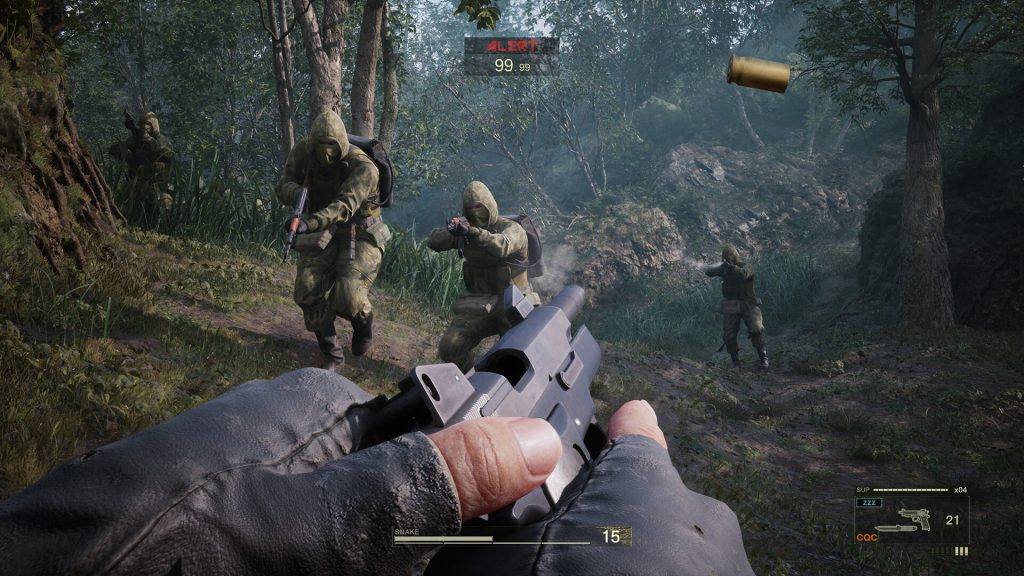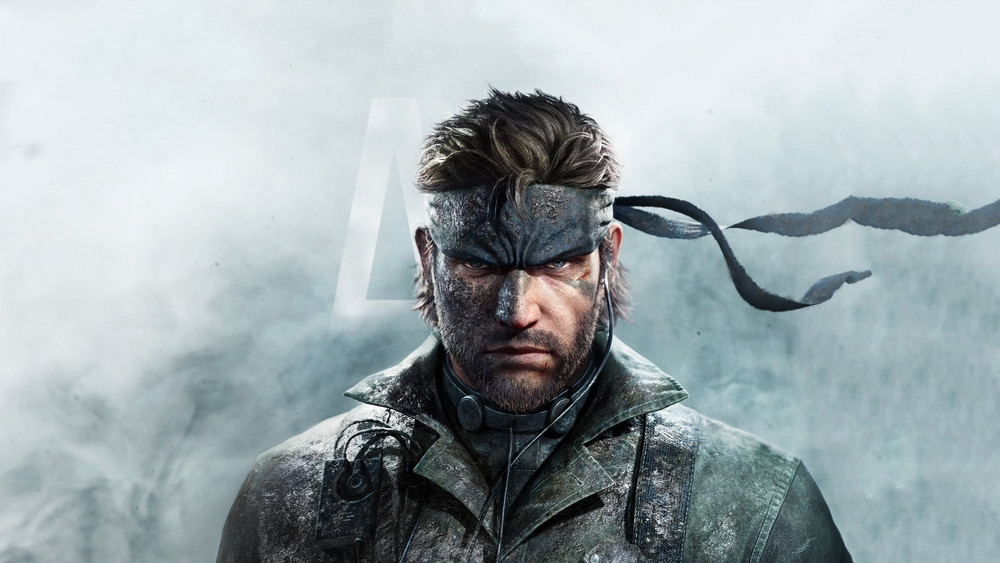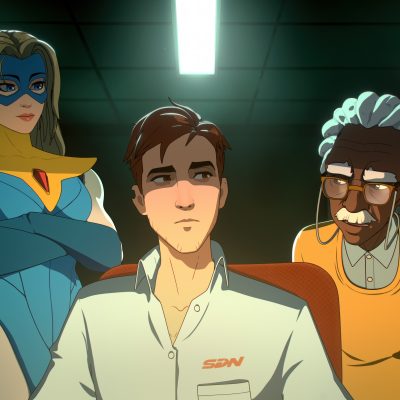If you ask me about the top five stories in video game history, Metal Gear Solid 3 would definitely make the list. Hideo Kojima’s masterpiece is not only the most beloved entry in the series for many fans, but also the starting point of Big Boss’s legendary saga.
Metal Gear Solid Δ: Snake Eater is a remarkably faithful remake of that classic. While its loyalty to the original makes it a nostalgic treasure for long-time fans, it may also come across as confusing—or even tedious—for a new generation of players.
The story of Metal Gear Solid 3 remains one of the most beautiful, profound, and emotionally charged narratives in video game history, and its unique style of storytelling makes it all the more compelling. But if you’re new to the series, here’s an important piece of advice: the world of Metal Gear is a fantastical reimagining of political and military conflicts, filtered through Hideo Kojima’s vision. Beneath this imaginative surface lies a narrative with deeply real messages such as political, cultural, and emotional that can resonate on a personal level, if you allow yourself to embrace and immerse in it.

One of the game’s greatest strengths lies in its unforgettable cast of characters. From Snake himself to the charismatic villain Colonel Volgin, from The Boss to every member of the Cobra Unit, each figure is crafted with striking depth and personality. The game builds anticipation for each encounter, giving every confrontation meaning and intensity, making the journey not just thrilling but profoundly emotional.
Here’s a fun fact for you: several developers who also worked on the original have worked on this remake too. Their intimate knowledge of the game’s essence—and their familiarity with Kojima’s eccentric creative vision—has ensured a remake that is not only technically updated but also remarkably faithful to the spirit of the classic.
Cutscenes—arguably the original game’s most iconic strength—remain a highlight in the remake, elevated by modern visuals while retaining the same masterful direction, framing, and pacing. Whether you are witnessing them for the first time or revisiting them after countless playthroughs, they command your attention with cinematic force.
Beyond advancing the narrative, each sequence stands on its own as a spectacle: visually arresting, richly choreographed, and overflowing with moments of tension, emotion, dark humor, and even a touch of sensuality. It’s this balance of artistry and excess that makes Metal Gear Solid Δ’s cutscenes as captivating today as they were two decades ago.
When it comes to gameplay, Metal Gear Solid Δ: Snake Eater introduces very few changes. Even the animations and physics of running, walking, or crawling remain almost identical to the original, and the overall progression follows the same familiar path. No new mechanics, no new weapons, no surprising twists. At first glance, this might seem like a flaw, but in truth, it’s a testament to the strength of the original design.

The experience Kojima and his team crafted two decades ago was so masterfully constructed that it required no reinvention. Beyond graphical enhancements, the gameplay holds up effortlessly, proving just as engaging on a PlayStation 5 as it was on a PlayStation 2. Designing a system with that kind of timeless appeal is, in itself, worthy of praise.
You can approach Metal Gear Solid Δ: Snake Eater either as a full-on action shooter—though that comes with both short- and long-term consequences—or by carefully completing missions through stealth. The game provides multiple scenarios for each mission, and while the overall structure is linear, the wealth of tools, items, and weapons at your disposal gives you remarkable freedom in how you play.
Even boss fights avoid being reduced to a single “correct” strategy. Each one offers at least three distinct approaches, each with its own flavor and consequences, ensuring that no encounter feels repetitive. This layering of scenarios and player choice is what gives the gameplay its remarkable depth and replay value.
At the beginning of the game, you’re given the choice between Legacy and Modern playstyles. It’s a thoughtful addition, but the Modern mode isn’t without flaws. The camera and controls sometimes feel clunky, especially when compared to today’s smoother action titles. The game’s distinctive healing system—where Snake’s wounds must be treated manually—remains immersive and clever, yet for new players it can quickly become repetitive and even slow down the pacing. A few quality-of-life improvements, like shortcuts or simplified healing items, could have made the Modern mode feel more fluid while still preserving the originality of the mechanic.
If you know anything about Hideo Kojima, the original creator of the series, you already understand that none of his games are free of secrets, mysteries, and Easter eggs. Metal Gear Solid 3 is arguably his most secret-filled work—and thankfully, all of those details have been faithfully preserved in the Delta remake.

It’s worth pausing to remember that these intricacies were originally crafted during the PlayStation 2 era, within the design culture and technical limitations of that time, which makes them even more remarkable. From being able to eliminate a boss hours before the official encounter, to watching him eventually die of old age if you wait long enough; from the final boss reacting comically to an adult magazine you carry, the game overflows with clever details. Even extended radio conversations, where characters analyze Kojima’s favorite films, add depth and personality. All of this reflects Kojima’s unmatched creativity, and it’s reassuring to see that Konami hasn’t interfered with these touches in the remake.
The game’s graphics have improved dramatically, with environments, characters, and animations rendered in such stunning detail that it truly feels like a ninth-generation title. The visual design is captivating, breathing life into every corner of the world. That said, there’s a subtle trade-off. On PlayStation 2, certain limitations forced the developers to use elements like dust and fog in specific areas. Ironically, those technical constraints often added a sense of mystery, atmosphere, and even grandeur to the experience. With modern technology removing such barriers, that particular mood is sometimes lost, even if the overall presentation is far more polished.
Overall, if you’re already a fan of the series, this remake will feel like a nostalgic celebration worth experiencing. But even if you’re new to the Metal Gear Solid universe, this entry is arguably the best place to begin, both in terms of story and timeline, as well as gameplay depth and attention to detail. All it really asks of you is to embrace its world and its unique logic, take your time with the flawlessly directed cutscenes, and simply enjoy the ride.









